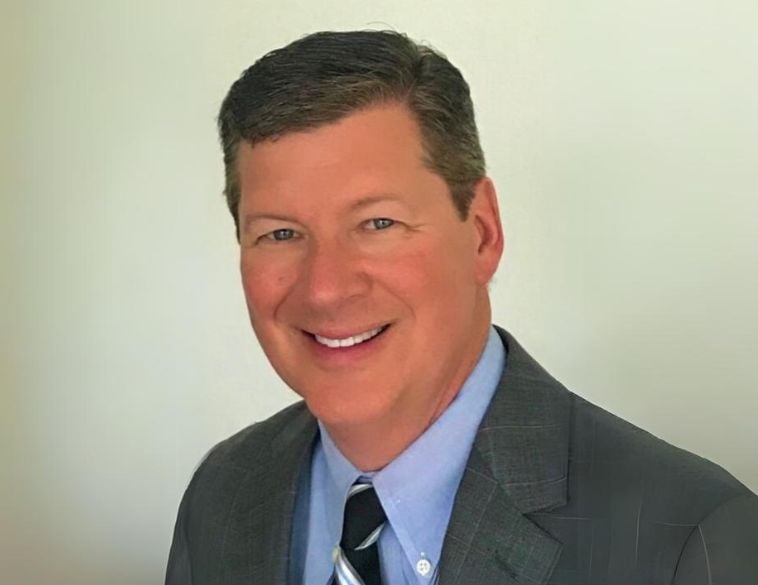Growing up in the automotive aftermarket retail environment, John Turner quickly learned skills to fix and repair, receiving his mechanic’s licence at an early age.
After attending law school, Turner wound up in a sales role for some well-known international brands. After returning to school to obtain a degree in marketing, he had an opportunity to acquire a service centre; collision shop and then automotive and collision repair jobber locations which he later sold. Turner joined SATA as General Manager for Canada in 2015. Collision Management asked him to share some facts and dispel some myths that frequently surround the refinish process, as well as tips to ensure painters get the most out of their spraying equipment in terms of efficiency and quality.
Collision Management: What do you think have been some of the biggest challenges in terms of the refinish process in recent years.
John Turner: The introduction of water-based paint in the early 2000s was a very significant change and a challenge. At the time, there wasn’t much information and in Canada, we really didn’t have the right equipment for the technology, since it came from Europe. I spent a great deal of time in my own shop learning to understand water technology, how it atomizes and lays down compared with solvent based finishes.
CM: What do you think are still some of the biggest issues when it comes to the refinish process?
JT: I think a significant one concerns tools. If you look at the mechanical side, technicians spend a lot on tools and tend to take care of them. On the collision, a painter might need about $6000 in tools, versus $60,000 or more in a mechanical shop. The problem with that is that there tends to be less of an incentive to look after equipment on the refinish side and a spray gun, for example is not seen as an extension of a painter’s hand, which in reality it is. Spray guns need to be maintained and often, we find that after 3-4 years, a gun will be switched to lay down primer which it originally wasn’t designed to do.
CM: Filtration seems to be another misunderstood aspect when it comes to refinish, what are your thoughts on that?
JT: A lot of it comes down to efficiency. It can be hard to explain the relationship of PSI to CFM and how flow volume impacts compressor and spray performance. To put it layman’s terms, if I have a compressor generating 750 ml air and I try pass it through a coffee stir stick or slurpy straw, which is going to be the most efficient? Often, we find that in many cases, while a shop may have a compressor running 150 psi, they’re not getting enough efficiency going through the hose to the gun.
CM: Tell us about how flow through the gun itself can be affected as well?
JT: Gun flow can be impacted by the cup. If you’re using a gravity fed gun, it was designed that way and not meant to use a bag. When you use a bagged system for the paint, the gun doesn’t vent and flow is restricted because the gun wasn’t designed that way. When you change a gun from gravity fed to a suction type system, you will change many factors including flow rate, pressure and even the colour itself.
CM: What about health regulations, aren’t they a big factor on safety and performance as well?
JT: Yes. The problem is that in Canada, very few people actually understand the health regulations and the impact they have on the human body. In reality, water-based finishes are even more hazardous than solvent-based ones because the material will enter through the nose, eyes, ears and skin. If you only wear a half-mask when you’re in the booth you are exposing yourself to these dangers. Almost nobody is aware of safety standard CSA-Z180-1-100 and that you need to have a full breathing mask system and a seal monitor that will sound at five parts per million (10 parts per million in the U.S.)
CM: Tell us a little about SATA’s training centre that recently opened in Vaughan?
JT: The centre was designed for a full range of training options. We’ve been working on a number of different programs, including understanding filtration, gun performance and maintenance, customer expectations, plus booth maintenance and other areas of the refinish process. We’re also working with the Ontario government on programs for trainees—putting them into an apprenticeship program and training them so they have a viable career option when they graduate. I feel that as an industry, we could be doing a better job of recruiting young talent and showing them what they can expect to achieve and the opportunities that are actually available to them.


